
Two Types of Vegetables That Are Unlikely to "Absorb" Pesticides — The Top One Is Surprisingly Unknown to Many
In an age where food safety is a growing concern, especially with widespread pesticide use, choosing vegetables that are naturally less likely to absorb harmful chemicals is a smart move. Surprisingly, there are two types of vegetables that stand out for their low pesticide retention—and one of them remains largely under the radar for most shoppers.
1. Mushrooms — The Unsung Hero
Mushrooms top the list when it comes to low pesticide absorption. Unlike leafy greens or fruits with thin skins, mushrooms have a unique structure and are typically grown in controlled environments. This reduces both the need for heavy pesticide use and the likelihood of chemical residues sticking to them. Yet, many people overlook mushrooms as a “clean” food choice.
2. Cabbage — A Natural Shield
Cabbage is another vegetable with a natural defense. Its dense layers act like built-in protection, shielding the inner leaves from chemical sprays. Even if the outer layers have been exposed, simply peeling them off can eliminate most contaminants. This makes cabbage not only a budget-friendly staple but also a safer option when it comes to pesticides.
News in the same category


Europe’s Tech Awakening: How the EU Is Racing to Reclaim Its Digital Power

Here's why you should never sleep with a fan on at night

8 Foods You Should Not Combine With Chicken Meat — Everyone Should Know to Avoid Health Risks
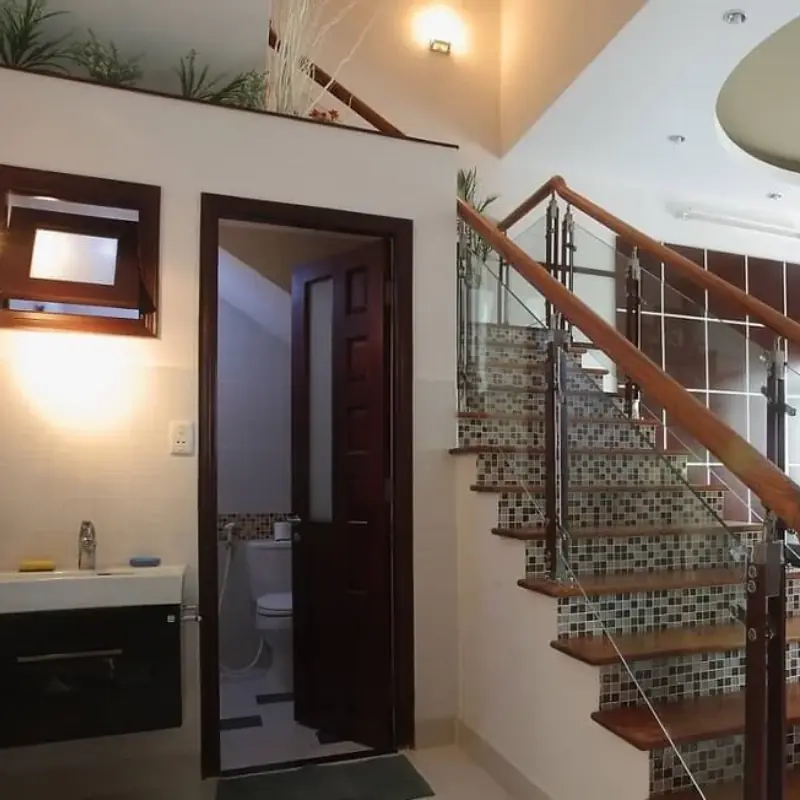
A Builder’s Warning: Why You Shouldn’t Put a Bathroom Under the Stairs — Even With an Unlimited Budget

Air Fryers Are Convenient—but Never Use Them to Cook These Foods: The Complete List

What Happens to Your Body If You Eat 1 Clove of Garlic Every Day?

So this is what it does, here is the answer

People Who Eat Sweet Potatoes for Breakfast Daily Notice These Changes

Study reveals what really happens to your body if you go in sauna directly after working out
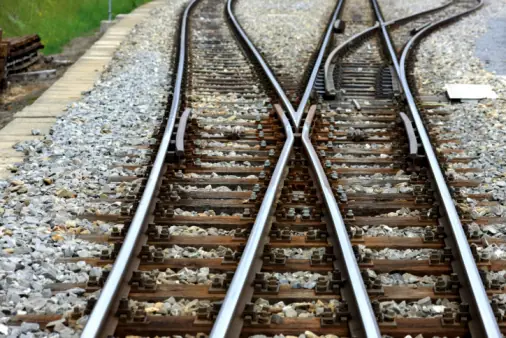
Why are the toilets on the train connected directly to the tracks?

A Flower Once Thought Useless Turns Out to Be a Fragrant, Delicious Dish—Now Going Viral

These are the consequences of wearing used…

If you often notice ringing in your ears, this might be a sign that you will suffer from...

Many people don’t know what its purpose is used for
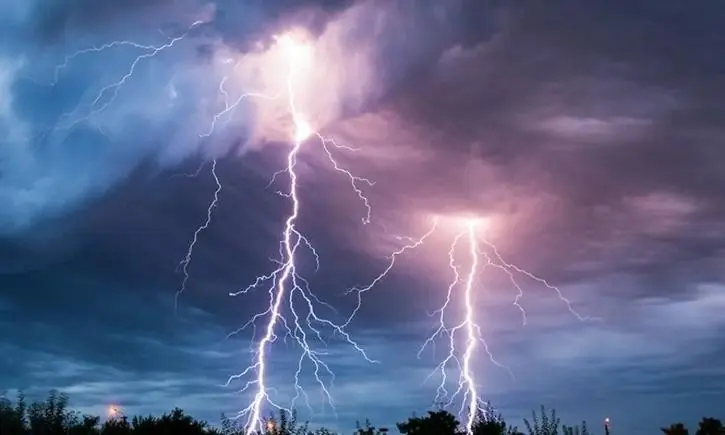
Why should you avoid showering, washing dishes, and doing laundry during a thunderstorm?

Calling all sweet potato fans!

Ever Wondered Why Hotels Put a Cloth Across the Bed? Here’s the Answer

Your Air Conditioner Has a Built-In Way to Indicate Low Refrigerant — Many People Never Notice It

Your Phone Has a Small Setting That Makes Charging Feel Much Faster — Without Harming the Device
News Post
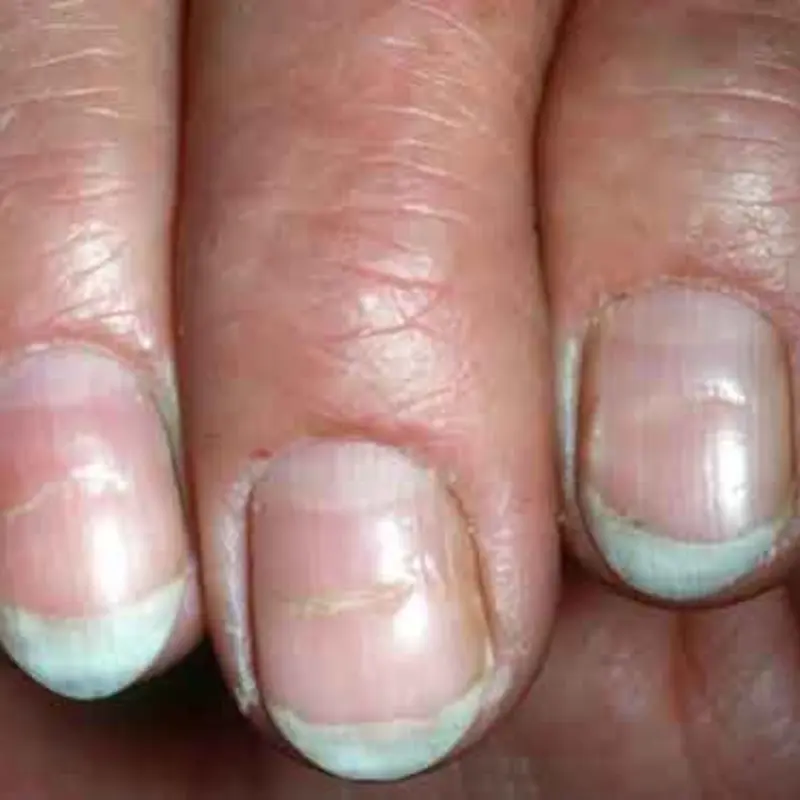
5 Dangerous Conditions Your Nails Could Be Signaling

Doctors Alert: Why Some Popular Foods May Carry Parasite Risks

Strawberry Pineapple Swirled Slushies

WARNING: These 3 signs on the shoulder are signs of malig:nant tu:mors, even ca:ncer, do not ignore them

Your liver will be healthier when you combine the following foods
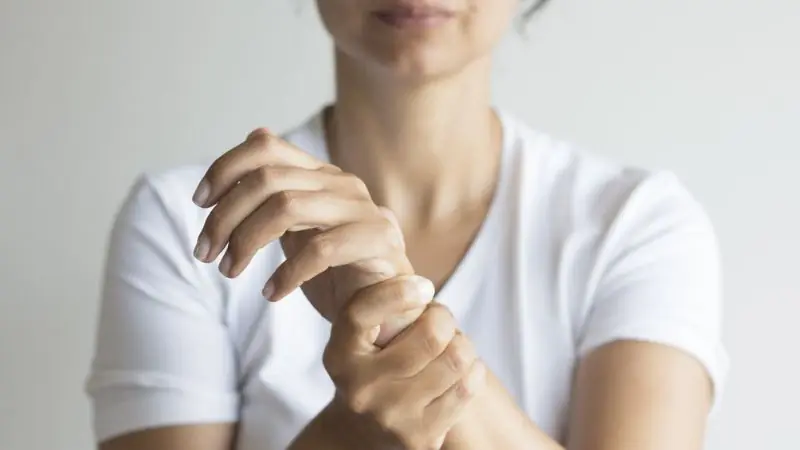
6 foods that silently drain calcium from your body
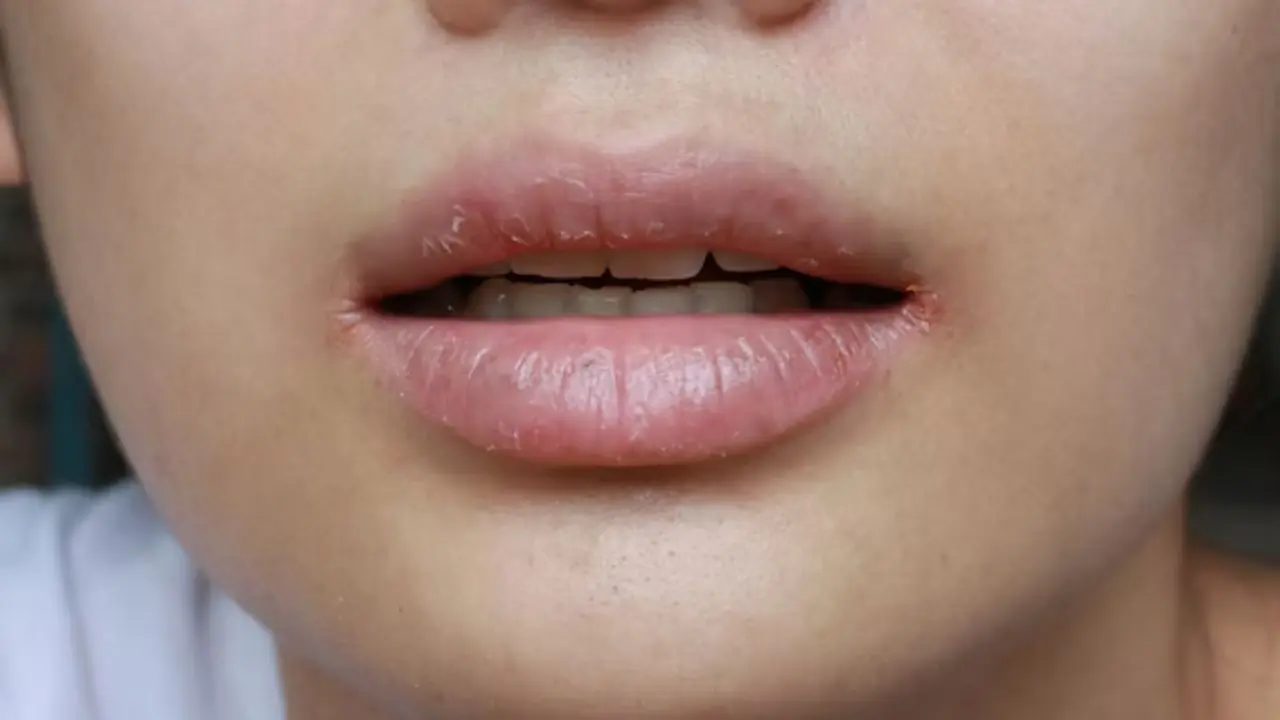
People whose mouths feel dry at night need to know these 8 possible reasons
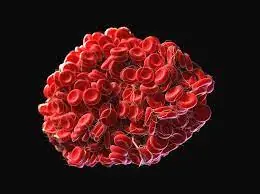
Não ignore estes 7 sintomas matinais - eles podem estar ligados ao câncer
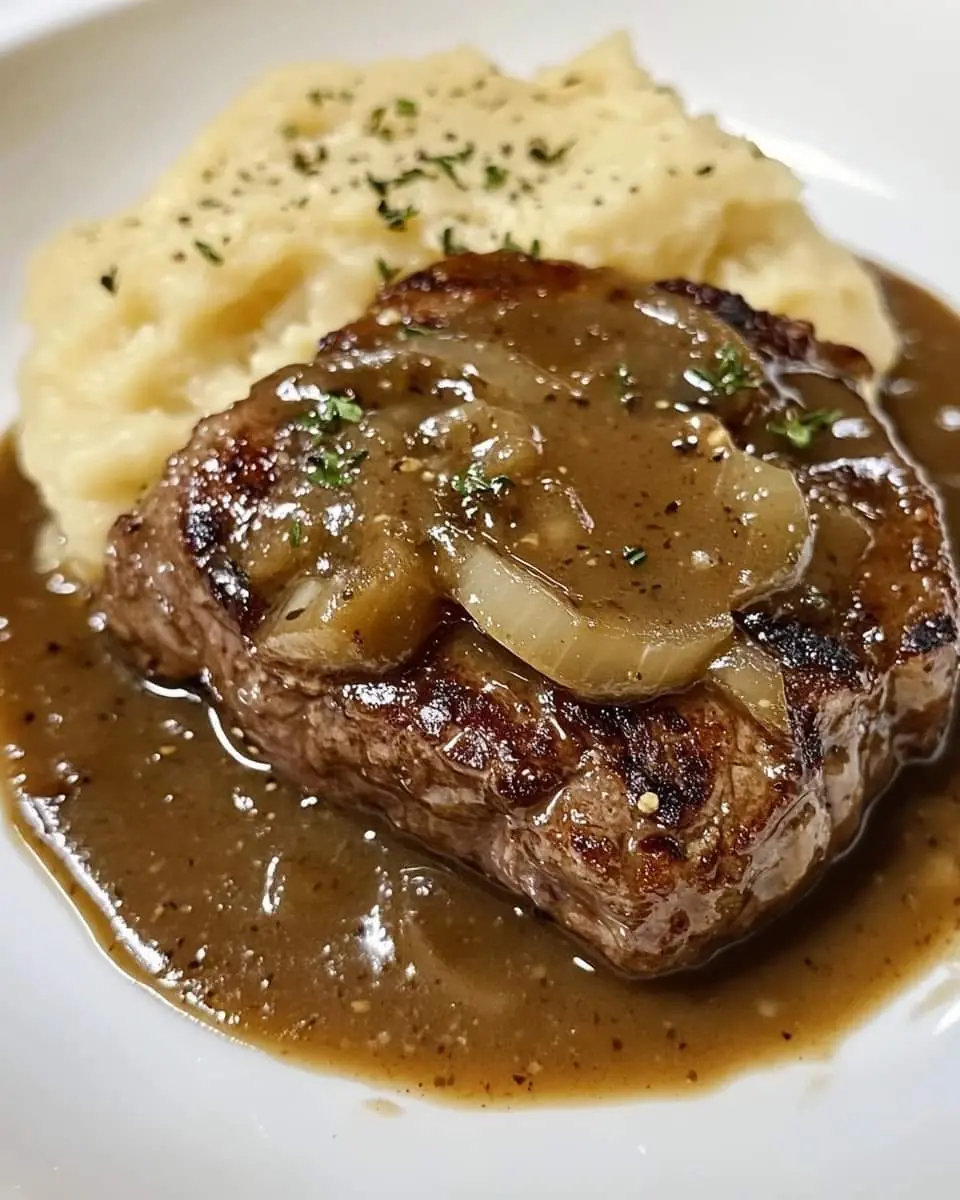
Cube Steak with Onion Gravy

Eat 4 foods on an empty stomach in the morning to help clean the intestines, improve digestion and prevent can.cer
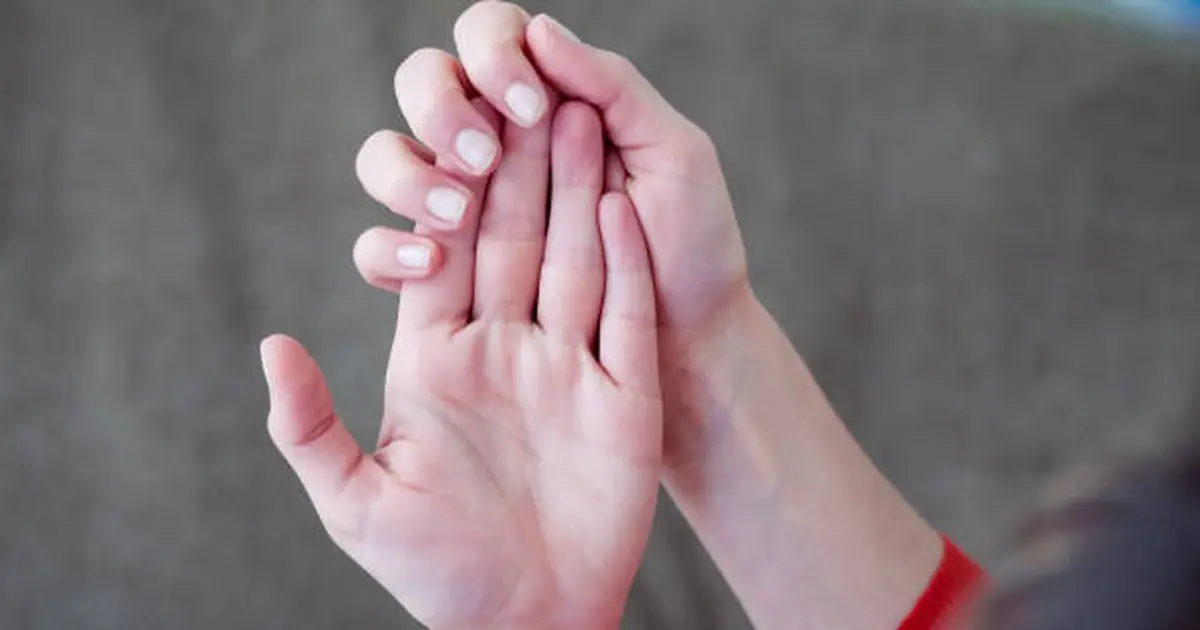
What does having cold hands and feet indicate?
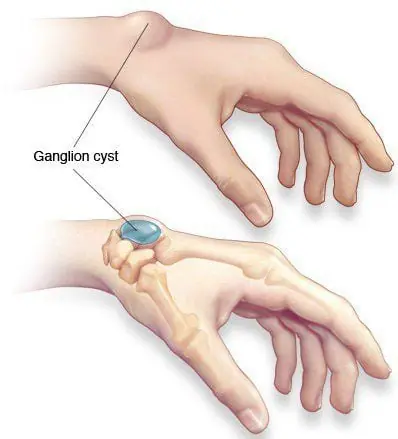
An unusual lump or bump appears on the wrist: Don't ignore it, as it could be a warning sign of a serious illness

A healthy 22-year-old man suddenly discovered da.nger.ous tu.bercu.losis from a sign that many people ignore

Chocolate Lava Cake
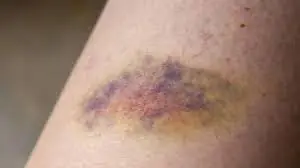
Bruises on the body - a warning that you may have a problem
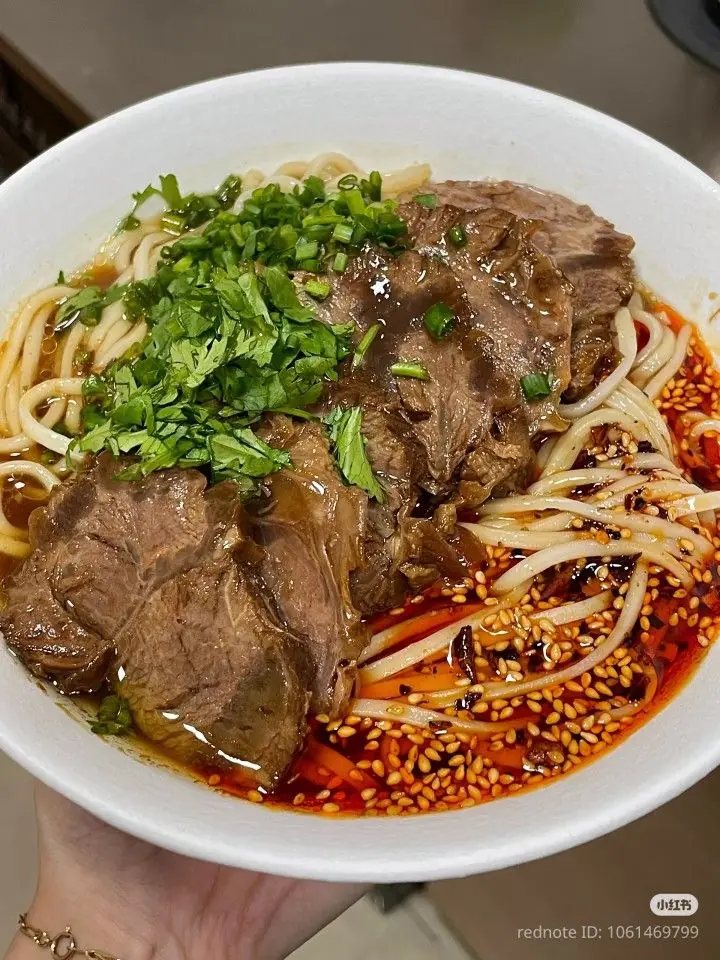
Spicy Beef Noodle Bowl with Chili Oil

Yogurt and Fruit Parfaits

People with calcium deficiency often experience these 7 signs. Check now to see if you have them

The amazing hidden power of raspberry leaf you may not know
